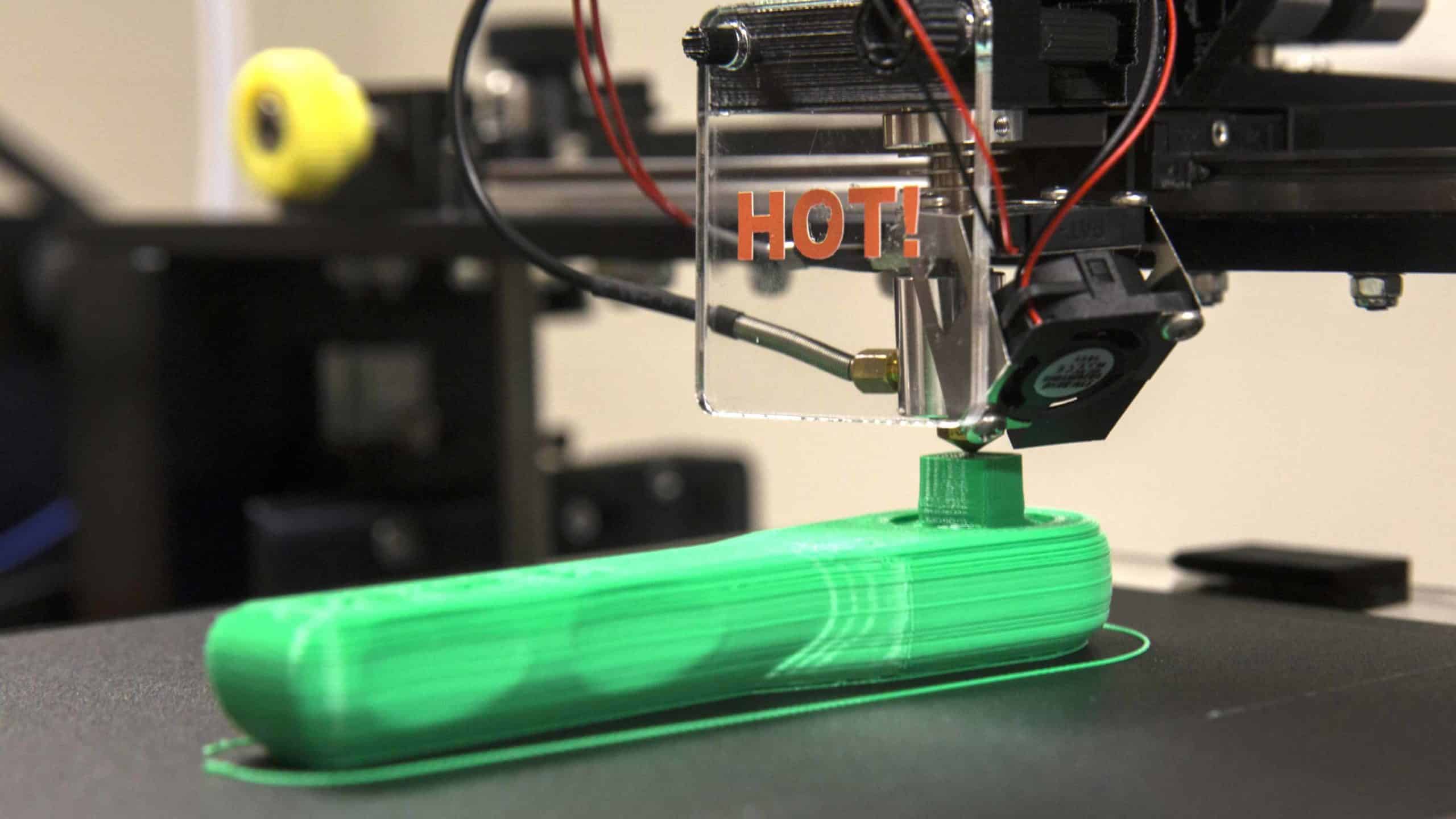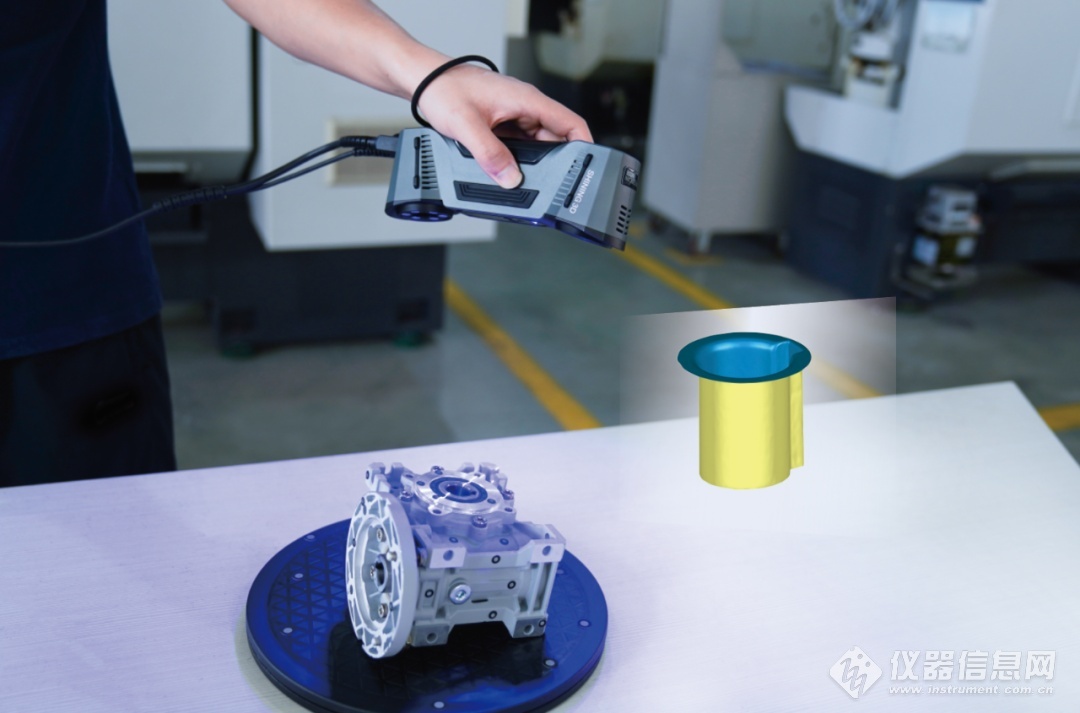What is Resin 3D printing?
3D Printing is a process or action of making physical objects from 3D digital models.
The creation of a three-dimensional Printed object involves additive processes. In such a process, the object is made by laying down layers of material in succession, and each of these layers shows finely sliced parallel cross-sections of the eventual 3D printed design.
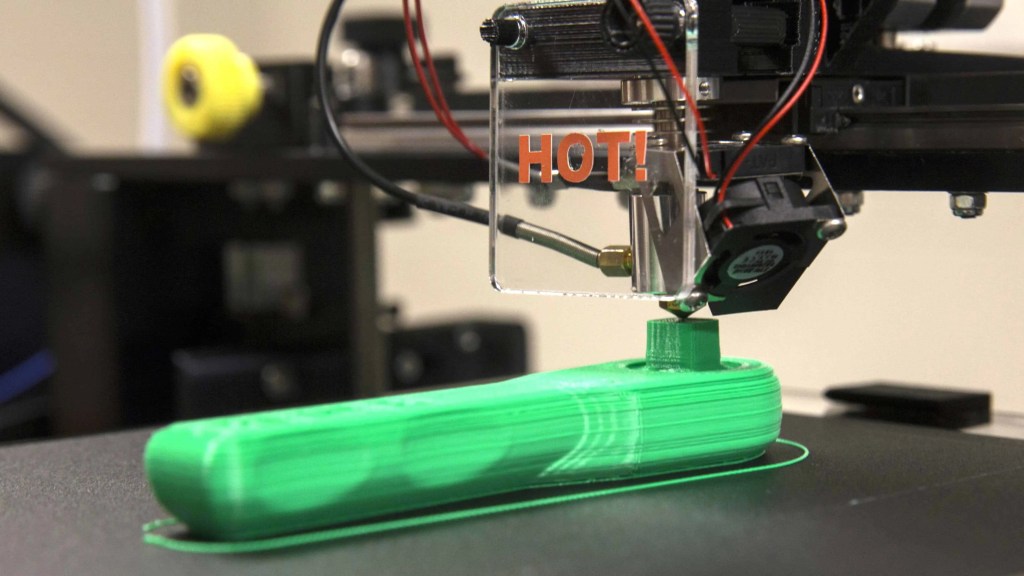
The technology is substantial since it offers direct creation or manufacturing, meaning the design goes directly from your computer software to a physical product through a printer. The process starts with a computer file derived from software, for instance, computer aided design software (CAD). Once you complete the design, you export it as a standard-tessellation language file (STL), which means translating the file into triangulated vertices and surfaces.
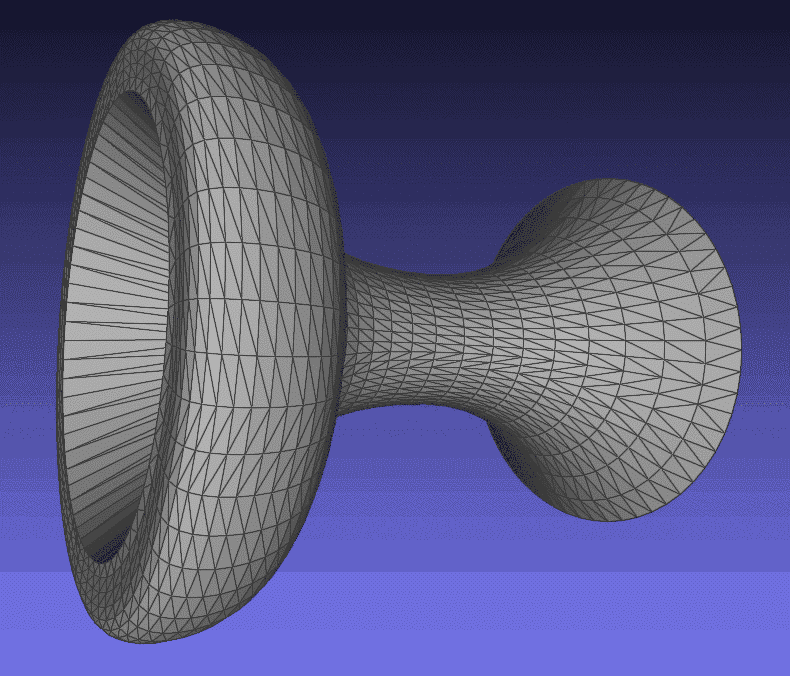
This STL file is then sliced into hundreds or thousands of 2d layers. Next, a 3D printer reads these 2D layers as the building blocks and place each of them one atop the other. Consequently, this forms a three-dimensional object.
The size and thickness of each layer are determined by technology, resolution, material, and the defined settings. Here, it is important to understand that the thin layers equate to the finer resolution and less visible layer line whereas the thick layers equate to faster builds. After the slicing, a layer is oriented for the build.
Orientation means how and which direction the parts are placed on the 3D printer build platform. For instance, these parts might be oriented at angles, standing vertical or lying flat. At a time, the 3D printing creates one 2d layer, which means that individual lines typically appear as grooved surfaces on parts. Similarly, downward facing surfaces reveal more layer lines. Some orientations are best suited for square or curved features while some subtle features require more consideration.
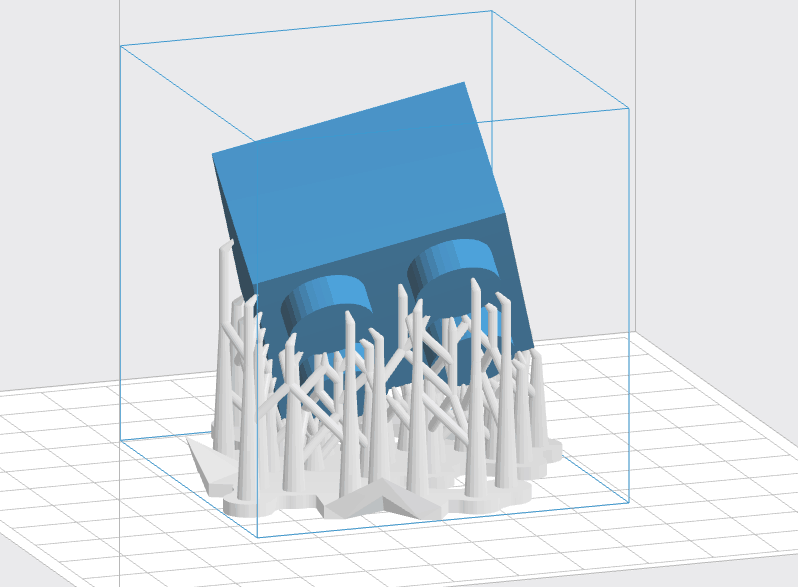
Moreover, Materials which is more pront to deformation or warp should account for larger flat surfaces during the build orientation. It is crucial to consider these important factors because in what way a part is oriented actually determines where supports are needed or added within the build. Supports are considered an important factor for 3D-printing. They can significantly affect material finish as well as the accuracy of the 3D printed part.
Some 3D printing processes need support structures that act as ‘scaffolding’ for the features, which cannot be built above open air, for instance, cavities, holes, undercuts, and overhangs. Supports largely depends on the type of material and 3D print technology (build process). They likewise depend on the building resolution or layer thickness. These structures are made using the similar or the same material as the final build. Moreover, they need to be removed once the model cures.

Furthermore, 3D printing is a revolutionary approach to building and manufacturing through three main advantages: design freedom, shorter lead time, and lower costs. Unlike machining that requires a manual operator to carry out the execution of the lines of code required to the machine a part, the 3D printing software is good for automating the development of lines by the process of line formation to manufacture a part one layer at a time.

